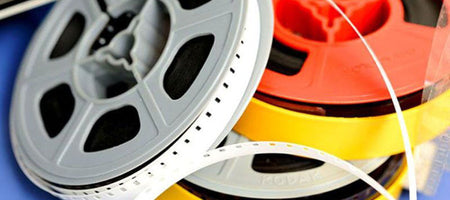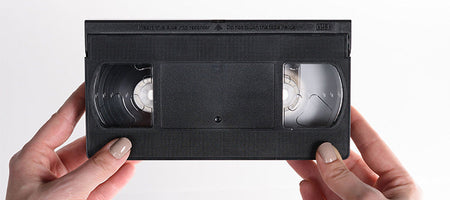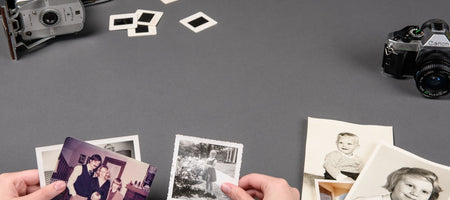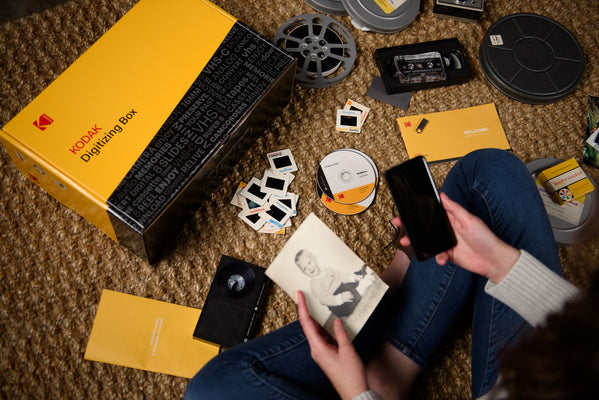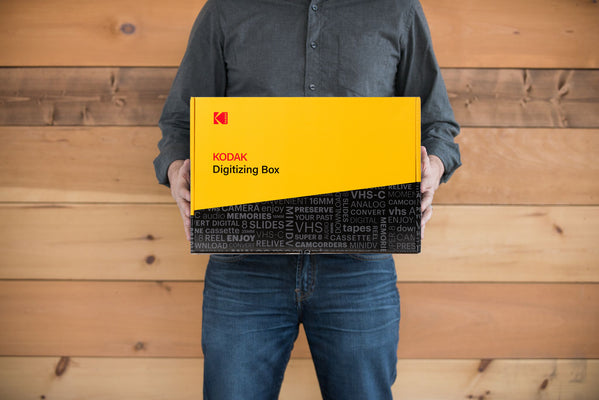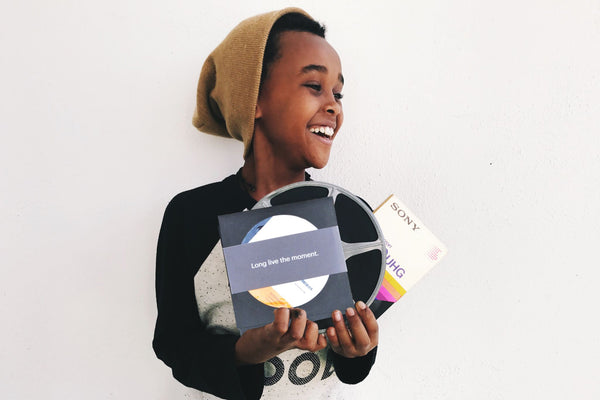The history of video recording has gone through a pretty profound transformation over the past 100 years. First, video consisted of spinning slides projectors aimed at a wall. Then, we learned how to use long strings of film to make video. Eventually, that made way to digital, and now most people harness the power of video capture in the cell phones in their pocket.
It’s amazing.
This article isn’t about digital, however. It’s about one of the coolest developments in film that radically changed the way that home videos were created.
I’m talking about Hi8.
To get an idea about why Hi8 was so revolutionary, you have to understand what video recording was like before it came around. The first kind of video recording was done of long strings of film. That film was delicate, messy, and difficult to operate. It was also very easy to mess up. One dropped canister before the film was developed, and all of your precious memories would disappear in over-saturation for forever.
Loose film was less than ideal, which is why scientists were so proud of themselves when they discovered tapes. Encasing delicate film in plastic casing turned out to be a revolutionary idea that made recording film easier for lay people by solving many of the issues that made loose film so impossible to work with. Best of all, tapes were cheap to produce. Accessibility led to home video booms all over the world.
Hi8 was the natural progression of making home video recording easier, cheaper, and more compact than previous formats. The 8 in Hi8 comes from the width of the film--8 millimeters. What made Hi8 so cool was that it had better picture quality in a smaller casing than VHS. It was available in 30, 60, and 120 length tapes, so despite the small size, it still had plenty of capacity and recording power. This technology was so good that even TV crews used Hi8 to record in the field when they needed a portable, easy to use option.
Overall, Hi8 tacked onto the legacy that Super8 started. Super8 opened up home video recording for everyone. Its famous warm tones and fuzzy picture quality has enjoyed quite a comeback in recent years for hipsters trying to recapture their childhoods in video format. The compact size was perfect for amateur videographers who wanted to record their lives, but they didn’t have the time, energy, or knowledge to use spools of film.
Similarly, Hi8 improved on the technology that Super8 developed, improving the picture quality while preserving the easy-to-use nature of tapes. Hi8 was also even more compact than Super8. It was basically the 80s equivalent of moving from standard definition to HD.
Even though Hi8 didn’t last too long--only around 15 years--it was still a great step forward in home video recording technology.
Since I’m an 80s kid, I remember how most of my friends’ parents had Hi8 video recorders. My own folks were too cheap to invest in a video camera, preferring instead to capture still images on their Nikon.
Don’t worry, I forgive them.

